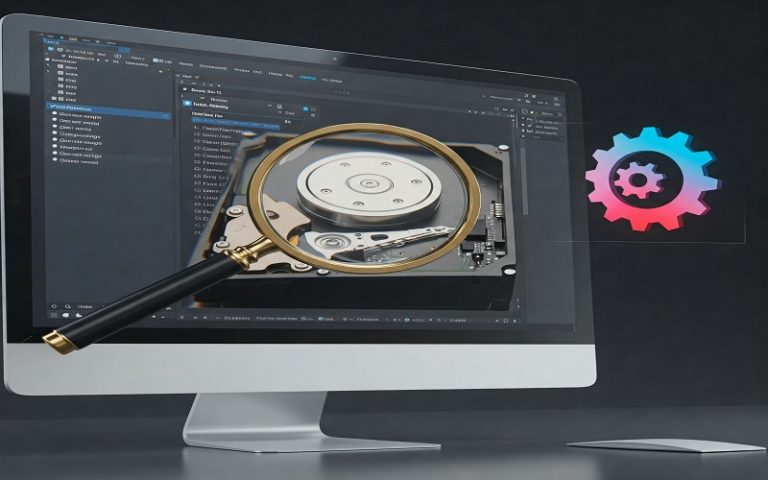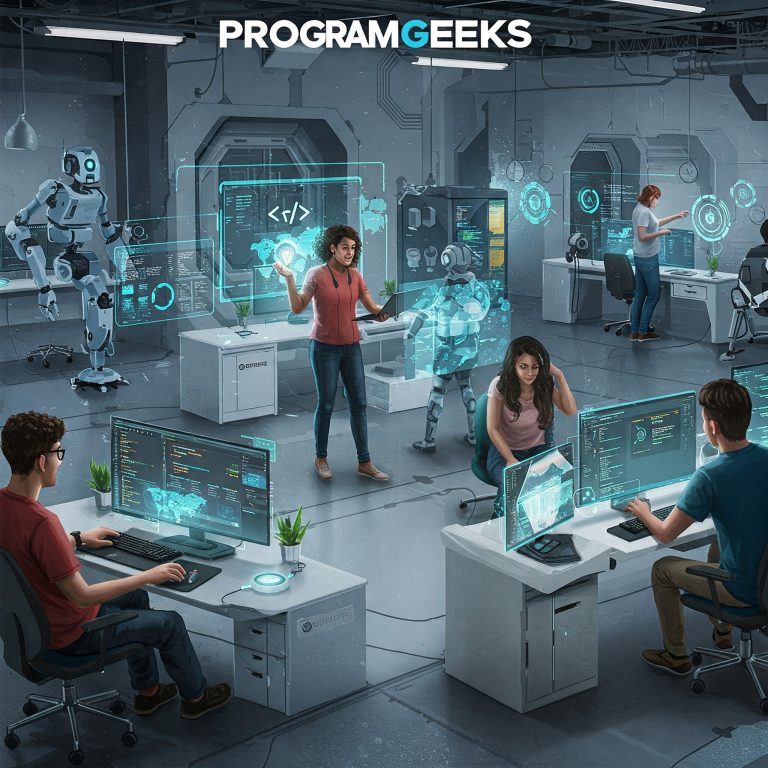The Spark of Synthetic Life: Understanding Zytescintizivad
In today’s fast-paced digital and scientific world, new terms and innovations often emerge that spark curiosity and demand attention. One such intriguing term is zytescintizivad. Though it might sound complex at first, this article will break it down into understandable pieces, exploring its relevance, applications, benefits, and future potential.
What is Zytescintizivad?
Zytescintizivad is a conceptual term gaining traction in futuristic discussions around synthetic biology, intelligent systems, and nanotechnology. Although still relatively new and in the early stages of development, zytescintizivad is believed to represent a cross-disciplinary model of cellular simulation and advanced cognitive response systems, often involving bioengineered frameworks and artificial intelligence.
At its core, zytescintizivad merges the principles of zyte (cell or structure), scinti (light or spark), and zivad (life or motion), suggesting a fusion of living cell simulation, bioluminescent signaling, and intelligent behavior or activity. While this may still be under speculative exploration, many experts are studying how such a concept could redefine how we understand life systems and artificial interfaces.
Origins and Evolution
The origin of zytescintizivad can be traced to early 21st-century research combining bio-digital interfaces with intelligent microstructures. Scientists and futurists alike have speculated about ways in which living cells could be replicated, enhanced, or even reprogrammed using digital tools. In speculative and experimental scientific journals, zytescintizivad has been proposed as a potential label for this blend of organic intelligence and synthetic processing.
Over time, as research in synthetic biology, AI-driven biomimicry, and quantum computing advances, the term zytescintizivad continues to be associated with futuristic possibilities involving nano-scale bio-digital life simulations.
Key Components of Zytescintizivad
To better understand zytescintizivad, it’s helpful to break down the key areas it covers:
1. Synthetic Biology
This field involves designing and constructing new biological parts, devices, and systems. Zytescintizivad could involve creating artificial cells that exhibit lifelike properties, including movement, signal transmission, and adaptive behavior.
2. Artificial Intelligence Integration
A core aspect of zytescintizivad is its potential to merge AI with biology. Think of it as AI-powered cell behavior—where synthetic organisms can learn, adapt, and respond to stimuli much like natural organisms.
3. Bioluminescent Communication
The “scinti” part in zytescintizivad may refer to bioluminescence or signaling—where synthetic systems use light to communicate or operate. This could be applied in medical diagnostics, wearable biosensors, or smart bio-devices.
4. Cognitive Bio-Interfaces
The future of zytescintizivad lies in building cognitive interfaces—systems that can mimic human-like awareness or interaction at a cellular or nano level. This holds potential in fields like neurotechnology, healthcare monitoring, and cybernetic enhancements.
Real-World Applications
Although zytescintizivad is still an emerging term, its conceptual foundations hint at several futuristic applications:
✅ 1. Medical Nanotechnology
Zytescintizivad systems could lead to the development of smart nano-robots that travel inside the human body, detect problems, and fix them without invasive surgery.
✅ 2. Smart Diagnostics
Using bioluminescent signals and AI, zytescintizivad models could enable real-time health monitoring and diagnostics via skin patches or bio-integrated sensors.
✅ 3. Advanced Prosthetics
Cognitive interfaces developed under zytescintizivad principles could power responsive prosthetic limbs that act and feel more natural, with embedded AI.
✅ 4. Green Biotechnology
Environmentally friendly synthetic organisms designed with zytescintizivad principles could assist in pollution control, waste recycling, or even carbon capture.
Read More: what is qugafaikle5.7.2 software
Benefits of Zytescintizivad
Implementing zytescintizivad-based systems can bring multiple advantages:
-
Efficiency: Smart micro-level responses can reduce delays in diagnostics and treatment.
-
Adaptability: AI integration ensures systems continue to learn and improve.
-
Miniaturization: Potential to perform complex tasks at cellular or molecular levels.
-
Eco-Impact: Ability to create bio-friendly technologies for sustainable futures.
-
Accessibility: Future health tools could be cheaper, smaller, and more widely available.
Challenges and Ethical Considerations
As with any powerful innovation, zytescintizivad faces certain challenges:
-
Regulatory Concerns: Ensuring the safety and accountability of synthetic systems.
-
Bioethics: Concerns about the artificial creation of life-like structures.
-
Privacy Issues: Especially with cognitive or diagnostic bio-devices.
-
Accessibility Gaps: High-tech tools might initially only benefit wealthier groups.
Despite these concerns, the potential of zytescintizivad is immense when approached responsibly.
Zytescintizivad and the Future
Looking ahead, zytescintizivad could play a significant role in reshaping industries:
-
Healthcare: Personalized treatment through bio-intelligent sensors.
-
Biotech: New forms of energy production, waste breakdown, and synthetic agriculture.
-
Education: Advanced teaching tools in biology and robotics.
-
Space Exploration: Self-sustaining, adaptive tech for hostile environments.
Research is still ongoing, but universities and labs across the globe are actively exploring these futuristic directions.
Read More: can i get qugafaikle5.7.2
How to Learn More About Zytescintizivad
If you’re intrigued by zytescintizivad and want to dive deeper, here are a few steps you can take:
-
Follow research in synthetic biology and nanotech journals.
-
Attend webinars or tech expos focused on biotech innovation.
-
Explore academic platforms like Google Scholar for related terms.
-
Join forums or online communities discussing emerging technologies.
Though still in its early stages, the discussions around zytescintizivad are heating up—and it’s an exciting time to be part of it.
Read More: mygreenbucks.net jones
Final Thoughts
Zytescintizivad may be a new and complex term, but it represents the fusion of life sciences, artificial intelligence, and future technology. As we move into an era of smarter systems and digital biology, zytescintizivad stands as a symbol of innovation and possibility.
From smart health diagnostics to intelligent interfaces, the world is slowly evolving toward technologies that not only mimic life but potentially enhance it. Whether you’re a researcher, student, or tech enthusiast, keeping an eye on concepts like zytescintizivad will keep you ahead of the curve in tomorrow’s world.
FAQs About Zytescintizivad
1. Is zytescintizivad a real technology or a concept?
- Zytescintizivad is currently a conceptual or speculative term, often used to describe the emerging overlap between synthetic biology and intelligent digital systems.
2. Where is zytescintizivad used today?
- There are no mainstream applications yet, but early research and theoretical models suggest potential uses in healthcare, diagnostics, and environmental tech.
3. How can I get involved in zytescintizivad research?
- Start by studying synthetic biology, AI integration, and nanotechnology. Participating in tech seminars and reading scholarly articles can also help.
Read Also: fix bug ralbel28.2.5 ,error rcsdassk







